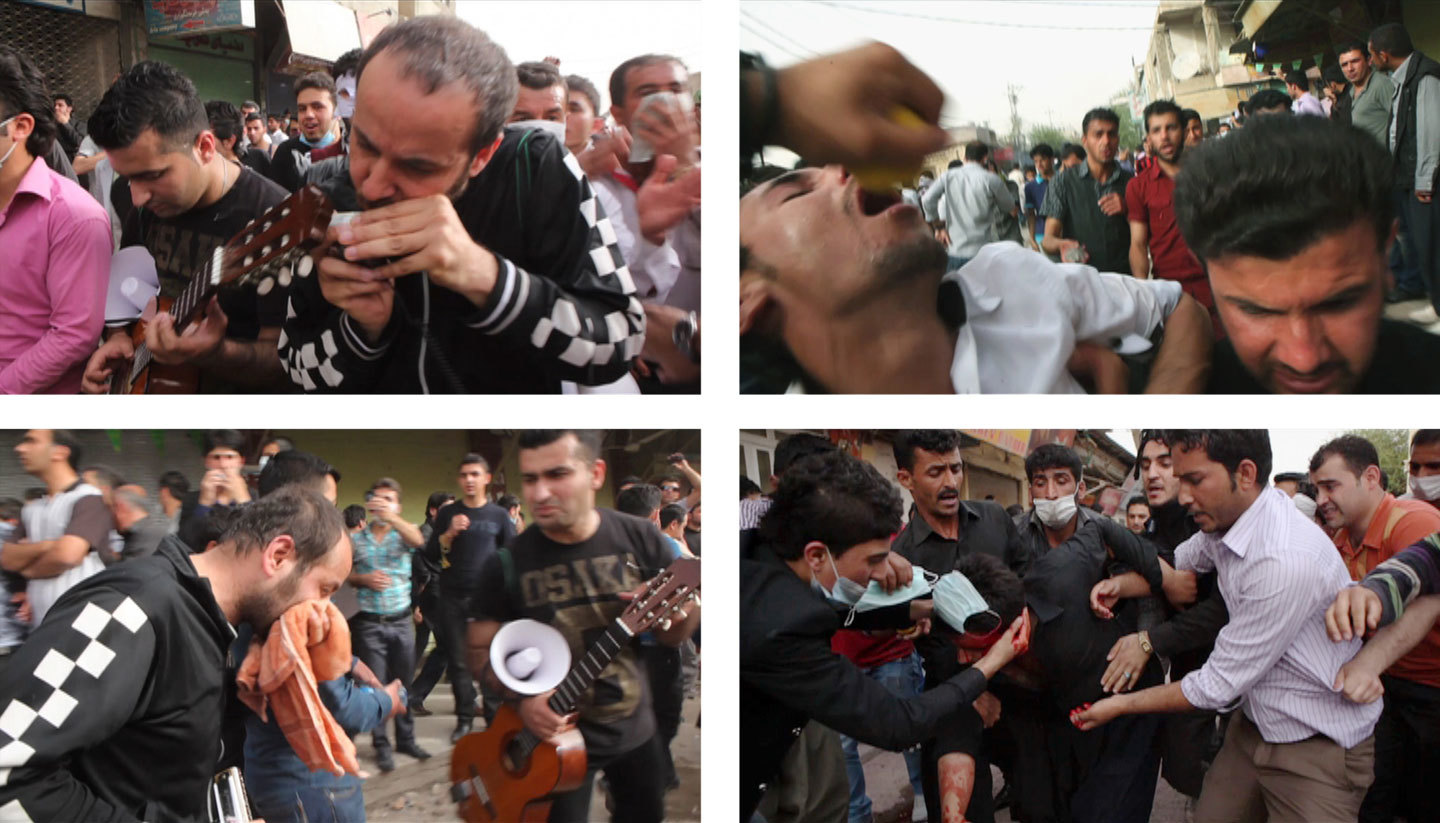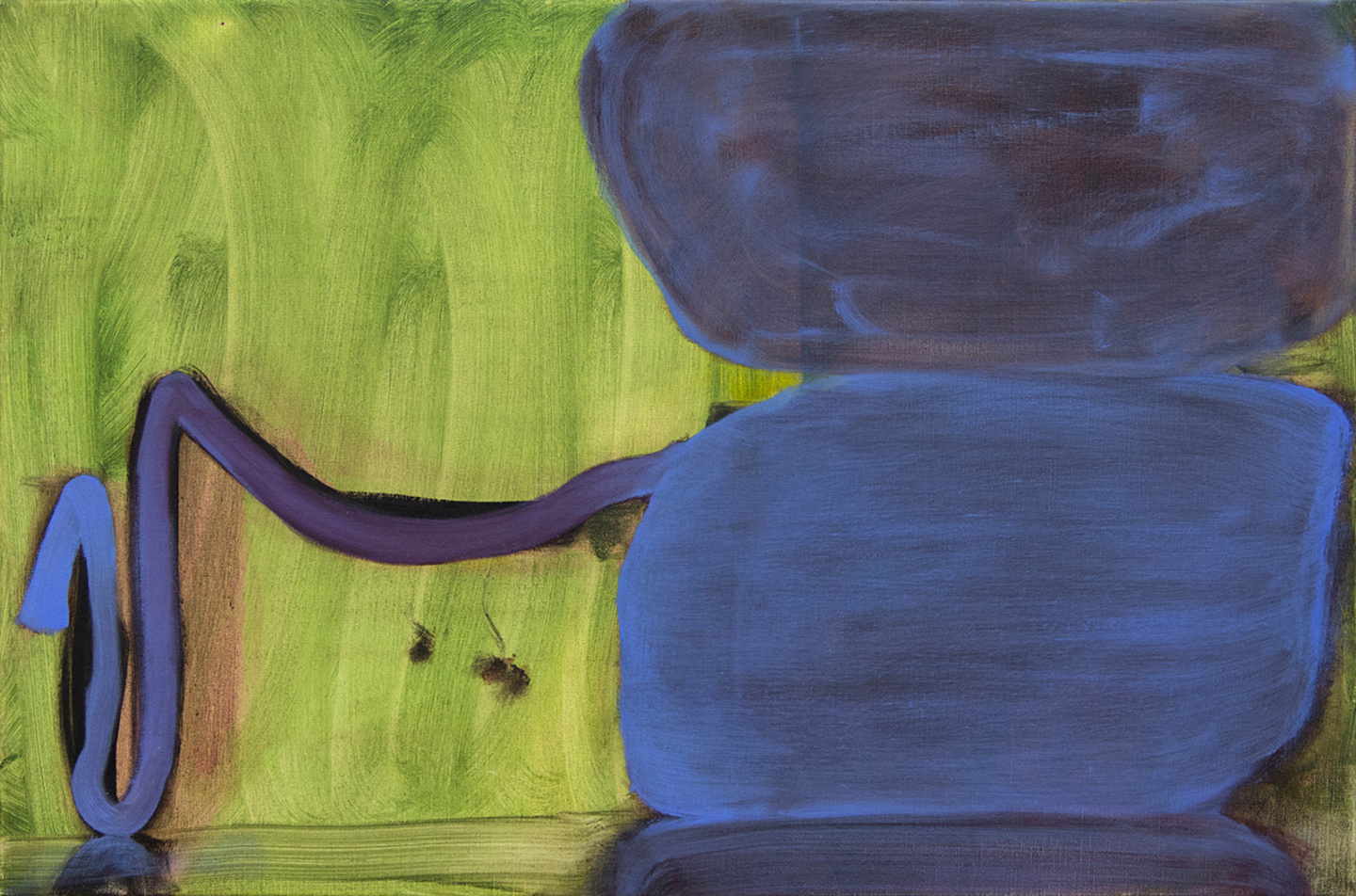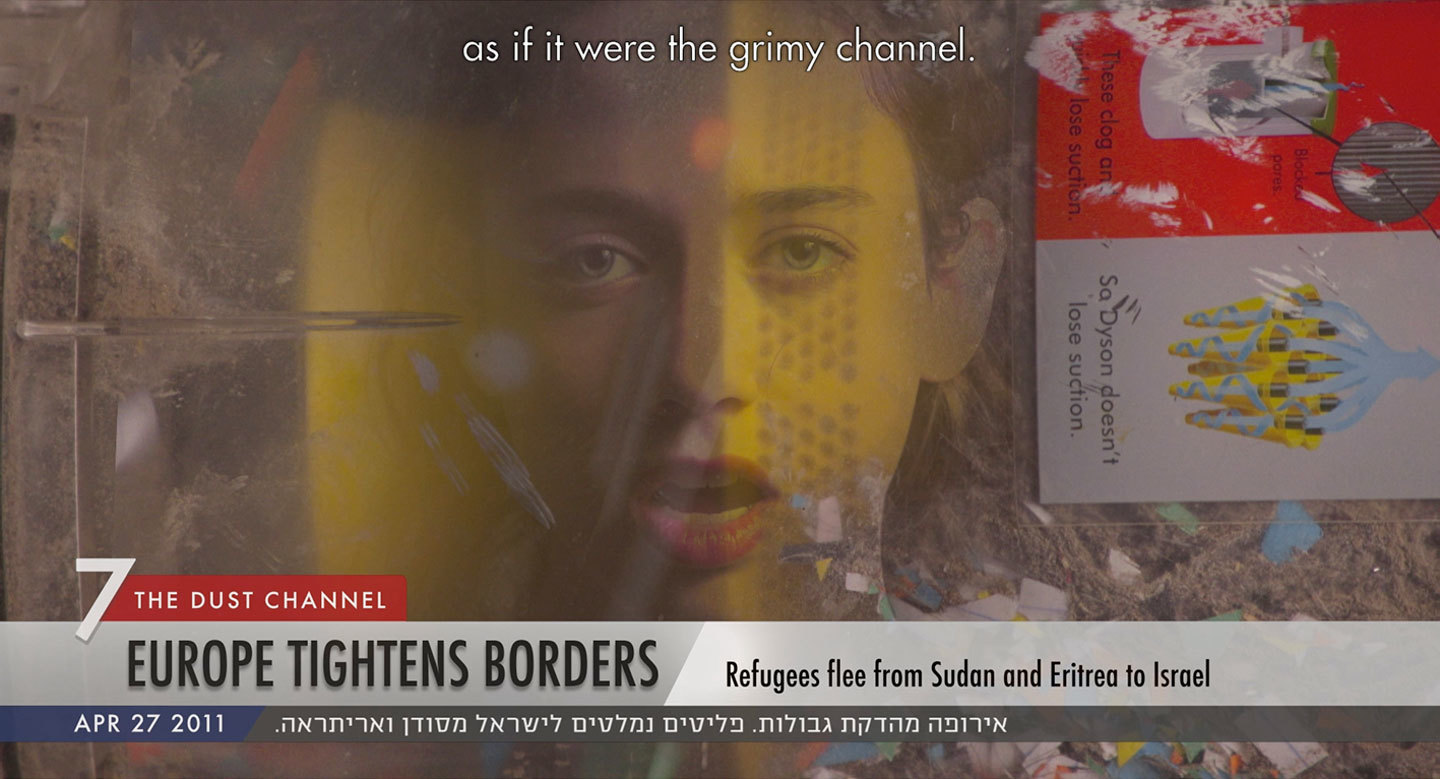Once every ten summers – and we’re on the cusp of one of those moments of alignment – three of the most important events in contemporary art coincide: the Venice Biennale, Skulptur Projekte Münster and documenta. This year’s edition of documenta is titled Learning from Athens and, for the first time, is evenly divided between two locations, Kassel and Athens. It opened in the latter last weekend, marking the beginning of a huge summer of art tourism: from June 10 to July 16 the shows in Athens, Venice, Kassel and Münster will all be running at the same time, and from June 15 to 18 the world’s leading commercial fair, Art Basel, will be open too. There’s a lot to take in, but let’s begin with the i-D guide to documenta 14.

documenta 14
documenta was founded by Berlin-based artist and university lecturer Arnold Bode in 1955 in his hometown of Kassel, Germany, as an adjunct to the Bundesgartenschau federal horticultural show. His intention was to exhibit modern art that had been suppressed under the Nazis, so the first edition focused on abstract paintings from the 20s and 30s and included the likes of Pablo Picasso and Wassily Kandinsky. Over time it grew into the world’s largest exhibition and now takes place every five years.
This time around the Polish curator Adam Szymczyk was appointed artistic director and chose the theme Learning from Athens. documenta 14 has as its logo the owl of Athena, symbolising wisdom, but the show is not so much about learning as “unlearning”: in his press conference Szymczyk encourages us to “immerse ourselves in the darkness of not knowing”. Visitors are unlikely to have heard of many of the artists as they’re mostly very (very) obscure and a lot of the works are old, and maybe that is the point: as the first documenta was a presentation of suppressed artworks, this edition is a celebration of forgotten artists from the depths of the 20th Century and overlooked artists from parts of the world with a less developed art scene than Western Europe and North America. Athens is a city where many histories and cultures collide and this is why we’re here: because the curators are interested in the Global South and the city is seen as a gateway to it. The main themes of the show are immigration and displacement, and so the show itself has been displaced to Athens. Over the next three months a sprawling programme of installations and public performances will continue to spread across 47 venues in the city, alongside radio shows, and experimental films on Greek television, and many publications to read, but you’ll want to start with the four major exhibition spaces. Here are some works to look out for in each…

Athens Conservatoire
Although the curators kept the list of artists secret, as is tradition, one was announced back in October 2015: Hiwa K, a Kurdish Iraqi now living in Berlin. In his film in the basement of the Conservatoire, Pre-Image (Blind as the Mother Tongue) (2017), he recounts his own story of fleeing Iraq on foot in 1996, and trying to smuggle himself across the sea hidden in a truck, in the darkness, and walks again parts of his route through Turkey and Athens and Rome; only this time he’s balancing on his nose a mobile sculpture made of wood and mirrors. It’s a gripping narrative, and also one that embodies the spirit of the show.
While you’re there …
A short walk away you’ll find the National Garden, a city park full of escaped parrots and wildly overgrown, flowering pagodas and the remains of antique mosaics.

ASFA (Athens School of Fine Arts)
In Rosalind Nashashibi’s film Vivian’s Garden (2017), artist Vivian Suter is shown painting outdoors in the jungle while her mother Elisabeth Wild makes collages from glossy magazines in the cottage they share in Panajachel, Guatemala. Wild comes from a Jewish family that fled Nazi Austria for Argentina, where her daughter Vivian was born, and which they later had to leave for political reasons, and now they live together on the shores of Lake Atitlán. Adam Szymczyk is good at telling stories about the lives of artists when he wants to, and good at spinning connections between them: here Nashashibi, a British-Palestinian artist originally from Croydon, makes a film about the relationship between two other artists in the show; and furthermore Suter’s catalogue text is written by another artist from the show, Moyra Davey.
While you’re there …
In the woods of Filopappou Hill, or the Hill of the Muses, you’ll find a small pavilion with a set of Wild’s Fantasias (2016-17) collages exhibited alongside Suter’s Nisyros (2016) series of colourful, unmounted canvases hanging outside, blowing in the wind. It feels like a eulogy for a nearly lost world. Wild’s collages bring to mind bright, optimistic visions of the future from the past, while Suter mixes paints with volcanic ash and botanical matter and living microorganisms from Guatemala (lord knows how they got these through customs) and allows nature to work its magic. Sunlight ripples through a roof laid with branches, and behind the pavilion is a blooming meadow of wild flowers and butterflies.

EMST (National Museum of Contemporary Art)
In her film Interstices (2001-03) Terre Thaemlitz, a transgender American house music producer and artist, shows a slowed right down, looping video-montage of a kissing couple mixed into discussions of gender reassignment surgery and the dreamy chorus, “There was a boy, there was a girl”; a serious topic, but presented with all the trippy joie de vivre of MTV circa 2001, at the dawn of a new millennium and the internet age. It’s beautiful. Thaemlitz apparently has a problem with everything and was once called out, at a symposium at Tate Modern in 2013, for having a problem with everything. She responded: “I emphasize the need for strategies of negativity in reaction to this cultural climate of imposed optimism, and the experience of finding myself with incredibly few tools for discussing, let alone acting, otherwise.”
While you’re there …
EMST’s roof terrace is a good place to watch the Mediterranean sunset but even better is the Areopagus, a large, natural outcropping of soapy marble next to Acropolis Hill that offers sweeping views of the city. You’ll find people hanging out there every night, drinking and smoking under the illuminated Parthenon. The Areopagus was also where trials once took place: in the Fourth Century BC the courtesan Phryne was tried there on a count of profanity, and defended by one of her lovers, the orator Hypereides. When things began to go badly Hypereides took off her cloak so that the judges could see her breasts, and they were so moved by her almost-divine beauty that she was acquitted on the spot. What a time to be alive that must’ve been.

Benaki Museum – Pireos Street Annexe
Israeli artist Roee Rosen’s provocative installation Live and Die as Eva Braun (Hitler’s Mistress, In the Berlin Bunker and Beyond: An Illustrated Proposal for a Virtual Reality Scenario, Not to Be Realized) (1995-97) comprises a series of printed texts and accompanying illustrations on paper in which we’re encouraged to imagine what it would feel like to be Eva Braun, or a particularly absurd sexual fiction of Eva Braun. Addressing us directly the text demands that we think about, attempts to seduce us into thinking about, obscene and scenarios like the following (which also, now, evokes that story about Donald Trump in the Ritz-Carlton in Moscow): “It is that glorious night in 1939, when he jokingly asked to watch you pee, as if to mark the easy invasion to Poland with a nonchalant gesture of omnipotence, the glee of measured naughtiness.”
Adam Szymczyk approaches political extremism from an admirably weird angle, and his documenta features two whole rooms of Nazi erotica: Rosen’s Eva Braun piss-play fantasy and, in the EMST, Polish-American Piotr Uklański’s project The Greek Way, which takes its name from the old euphemism for homosexuality and includes a series of his paintings of homoerotic stills from Leni Riefenstahl’s Nazi propaganda film Olympia (1936-38).
When you’re done …
If you wish to follow “the Greek way” but without the fascist overtones, the Alexander Sauna in the Gazi district is an infamous gay sauna spread across four different floors and featuring parties, a mega steam labyrinth, foam playrooms, “detention cells”, that sort of thing. A friend of mine from London tells me he’s been hanging out there until 2am (7am on weekends) having lots of great sex with strangers. He says he’s thinking of extending his trip, but not because of documenta. When in Athens …
Credits
Text Dean Kissick
Images courtesy Documenta
